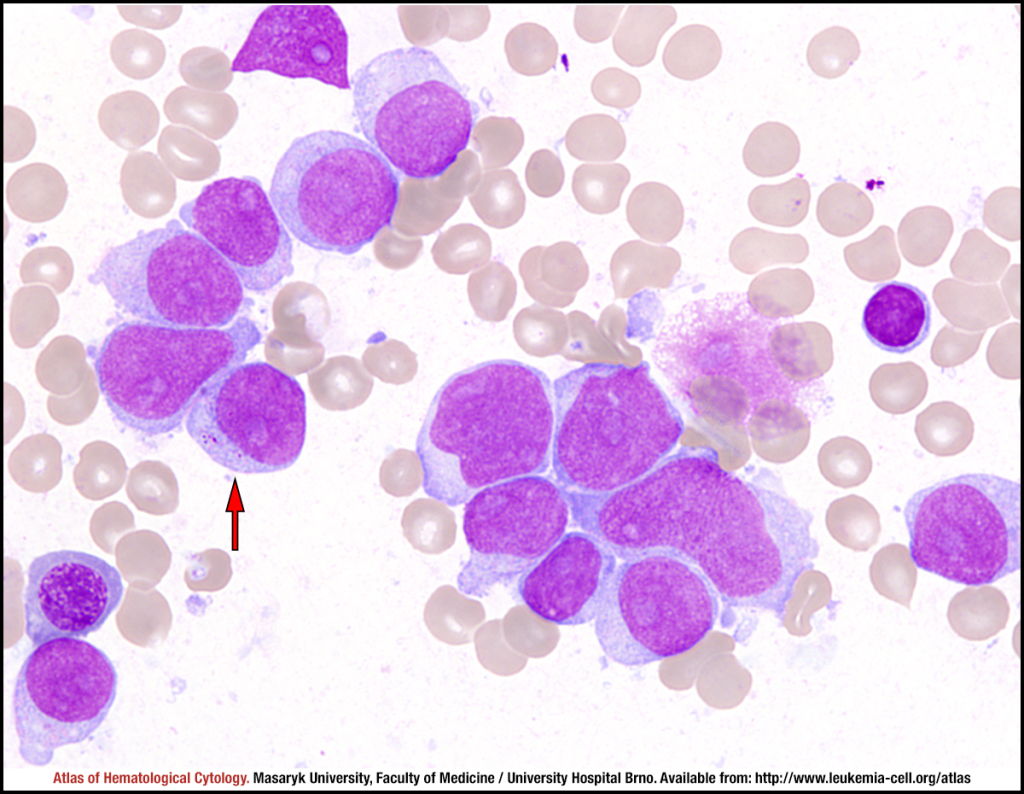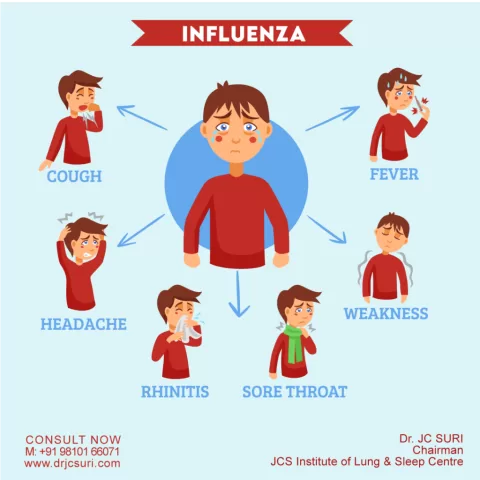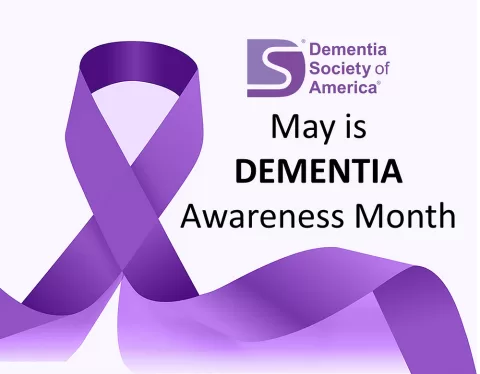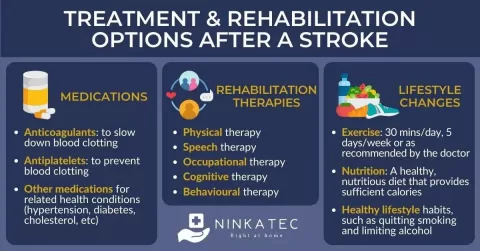Acute Myeloid Leukaemia (AML) is a formidable blood cancer that primarily targets the bone marrow, leading to the rapid accumulation of abnormal myeloid cells. This aggressive disorder is not only alarming due to its swift progression but also because of the significant impact it has on patients and their families. Understanding AML symptoms, such as fatigue, easy bruising, and frequent infections, is vital for early detection and effective management. Moreover, advancements in AML treatment options have opened new pathways for achieving remission and improving Acute Myeloid Leukaemia prognosis. In this article, we will explore the various facets of AML, including its risk factors, treatment protocols, and the latest developments in therapy.
Acute Myeloid Leukaemia, often referred to simply as AML, encompasses a diverse range of hematological malignancies that originate from the bone marrow’s blood-forming cells. This cancer type is characterized by an uncontrolled proliferation of immature blood cells, which disrupts normal blood production and leads to severe health complications. Those diagnosed with this condition may experience a variety of symptoms that can significantly affect their quality of life. Furthermore, understanding AML treatment alternatives and the prognosis associated with this disease is crucial for both patients and healthcare providers. As research continues to evolve, the exploration of new therapies and emerging clinical trials promises hope for improved outcomes in the management of Acute Myeloid Leukaemia.
Understanding the Symptoms of Acute Myeloid Leukaemia
Acute Myeloid Leukaemia (AML) presents a range of symptoms that can significantly impact a patient’s quality of life. The most common initial indicators include fatigue, which often arises from anemia due to insufficient red blood cells. Patients frequently report feeling excessively tired or weak, even after minimal exertion. This fatigue is not just a result of physical strain but is often compounded by the emotional toll of dealing with a cancer diagnosis.
In addition to fatigue, shortness of breath is a prevalent symptom of AML. As the cancerous cells proliferate, they disrupt normal blood cell production, leading to a decrease in oxygen-carrying capacity. This can result in patients experiencing breathlessness during routine activities, which can be distressing. Furthermore, easy bruising and bleeding are common in AML patients due to low platelet counts, necessitating immediate medical attention to prevent serious complications.
Exploring Treatment Options for Acute Myeloid Leukaemia
The treatment landscape for Acute Myeloid Leukaemia is complex and often requires a multidisciplinary approach. The first line of defense typically involves induction chemotherapy, which aims to eliminate the majority of cancer cells in the bone marrow. This phase is critical, as achieving remission can significantly improve the patient’s prognosis. Following successful induction, patients may undergo post-remission therapy, which can include additional rounds of chemotherapy, stem cell transplants, or experimental treatments tailored to the specifics of their cancer.
Recent advancements in AML treatment have also opened the door to targeted therapies, which focus on the unique genetic mutations present in an individual’s cancer. These therapies represent a promising avenue for patients who may not respond well to traditional chemotherapy, as they can offer a more personalized treatment option. Furthermore, participation in clinical trials can provide access to cutting-edge therapies that are still in development, highlighting the importance of ongoing research in improving AML treatment outcomes.
Acute Myeloid Leukaemia Prognosis: Factors Influencing Outcomes
The prognosis for patients with Acute Myeloid Leukaemia can vary widely based on several factors, including age, overall health, and genetic characteristics of the cancer. Research indicates that younger patients, particularly those under 60, tend to have better survival rates, with approximately 35% achieving a five-year survival post-diagnosis. In contrast, older adults face significantly lower survival rates, emphasizing the critical role of age in AML outcomes.
Genetic mutations also play a pivotal role in determining prognosis. Certain mutations can be indicative of more aggressive disease and may require more intensive treatment strategies. As our understanding of these genetic factors deepens, it becomes increasingly important to tailor treatment plans based on individual patient profiles. This personalized approach is essential for improving survival rates and overall patient quality of life.
Recent Advances in AML Therapy and Research
In recent years, there have been significant advancements in the therapies available for treating Acute Myeloid Leukaemia. Innovative treatments, such as immunotherapy and targeted therapies, are currently being explored in clinical trials. These new modalities have shown promise in targeting specific pathways involved in cancer cell proliferation, potentially leading to better treatment responses and reduced side effects compared to traditional chemotherapy.
Moreover, ongoing research into the biology of AML is shedding light on the disease mechanisms, paving the way for novel therapeutic targets. For instance, studies are investigating the role of the microenvironment in AML progression and how this knowledge can be harnessed to develop more effective treatments. As these advancements continue to unfold, they offer hope for patients and underline the importance of continued investment in AML research.
Support and Resources for Acute Myeloid Leukaemia Patients
Navigating a diagnosis of Acute Myeloid Leukaemia can be overwhelming for patients and their families. Access to support resources is vital for managing the emotional and logistical challenges that accompany cancer treatment. Various organizations provide resources, including counseling services, financial assistance, and community support programs tailored to the needs of individuals facing AML.
Additionally, patient advocacy groups play a crucial role in raising awareness about AML, funding research, and supporting affected families. Engaging with these communities can provide essential emotional support and practical information, helping patients feel less isolated during their treatment journey. As awareness of AML grows, so too does the network of resources available to support those affected.
Frequently Asked Questions
What are the common symptoms of Acute Myeloid Leukaemia (AML)?
Common symptoms of Acute Myeloid Leukaemia (AML) include fatigue, shortness of breath, easy bruising and bleeding, and an increased risk of infections. These symptoms arise due to the rapid proliferation of abnormal myeloid cells, which disrupts the production of healthy blood cells.
What treatment options are available for Acute Myeloid Leukaemia (AML)?
Treatment options for Acute Myeloid Leukaemia (AML) typically start with induction chemotherapy to achieve remission. Following this, post-remission therapy may include further chemotherapy, stem cell transplantation, or targeted therapies based on genetic factors. Recent advancements have also introduced new treatment modalities in clinical trials.
How does the prognosis for Acute Myeloid Leukaemia (AML) vary by age?
The prognosis for Acute Myeloid Leukaemia (AML) significantly differs with age. Statistics show that approximately 35% of individuals under 60 can expect a five-year survival rate, while this rate drops to about 10% for those over 60, indicating the importance of age in treatment outcomes.
What advancements in AML therapy are currently being researched?
Current research in Acute Myeloid Leukaemia (AML) therapy includes clinical trials exploring innovative treatment modalities, such as those developed by TC BioPharm. These advancements aim to improve the efficacy and safety of AML treatments, potentially transforming patient care.
What are the risk factors associated with developing Acute Myeloid Leukaemia (AML)?
Risk factors for developing Acute Myeloid Leukaemia (AML) include age, gender (higher risk in males), previous cancer treatments, smoking, chemical exposure, and pre-existing blood disorders. Understanding these factors can help in the prevention and early detection of AML.
| Key Point | Description |
|---|---|
| Acute Myeloid Leukaemia (AML) | A severe blood cancer characterized by rapid proliferation of abnormal myeloid cells. |
| Symptoms | Fatigue, shortness of breath, easy bruising, increased risk of infections. |
| Risk Factors | Age, gender (higher in males), smoking, previous cancer treatments, chemical exposure, and pre-existing blood disorders. |
| Treatment Protocols | Induction chemotherapy, post-remission therapies (chemotherapy, stem cell transplantation, targeted therapies). |
| Emerging Treatments | Participation in clinical trials for new therapies, such as those from TC BioPharm. |
| Prognosis | Survival rates vary: ~35% for those under 60, ~10% for those over 60. |
| Recent Developments | Increasing focus on clinical trials, patient advocacy, and support initiatives for affected families. |
Summary
Acute Myeloid Leukaemia (AML) is a complex and aggressive form of cancer that is critical to understand due to its impact on patients and their families. This disease affects the blood and bone marrow, leading to severe health complications. Knowledge of its symptoms, risk factors, and treatment options is essential for effective management. Recent advancements in research and therapy, including new clinical trials and innovative treatment avenues, offer hope for improved outcomes. As the landscape of AML care continues to evolve, collaboration between healthcare providers and patient communities will be vital in enhancing support and treatment efficacy for those impacted by this formidable condition.
The content provided on this blog (e.g., symptom descriptions, health tips, or general advice) is for informational purposes only and is not a substitute for professional medical advice, diagnosis, or treatment. Always seek the guidance of your physician or other qualified healthcare provider with any questions you may have regarding a medical condition. Never disregard professional medical advice or delay seeking it because of something you have read on this website. If you believe you may have a medical emergency, call your doctor or emergency services immediately. Reliance on any information provided by this blog is solely at your own risk.








